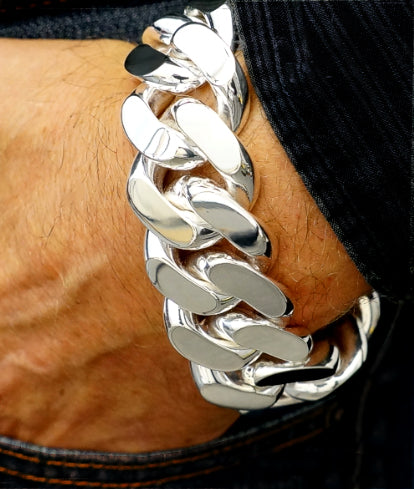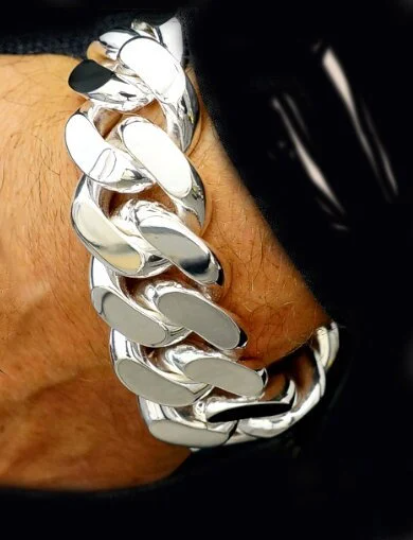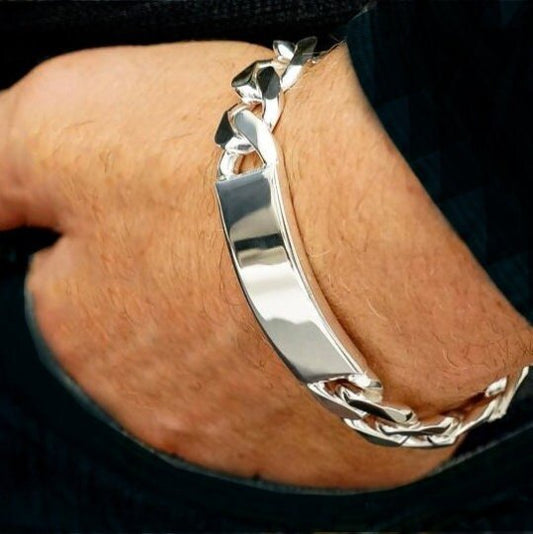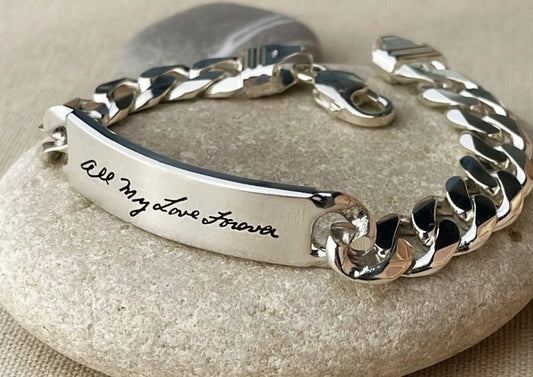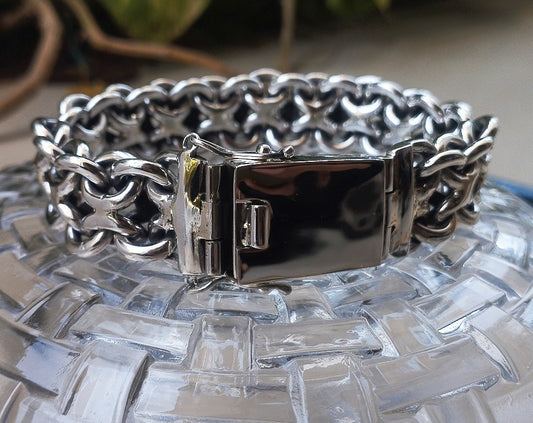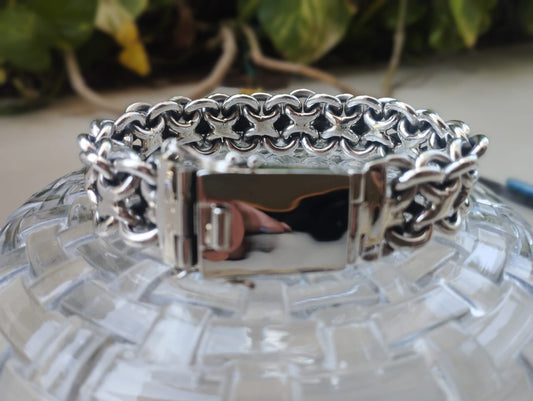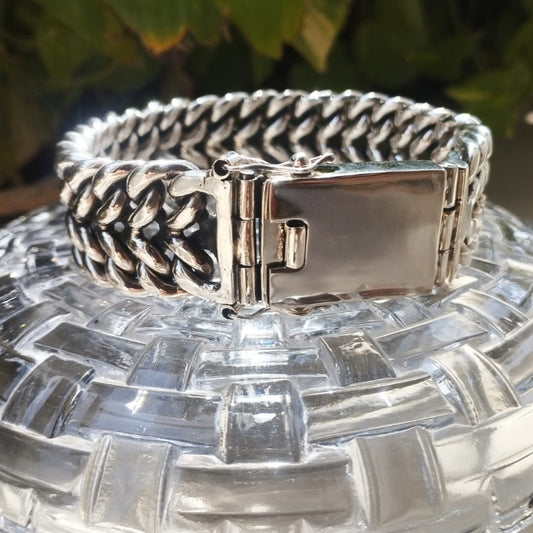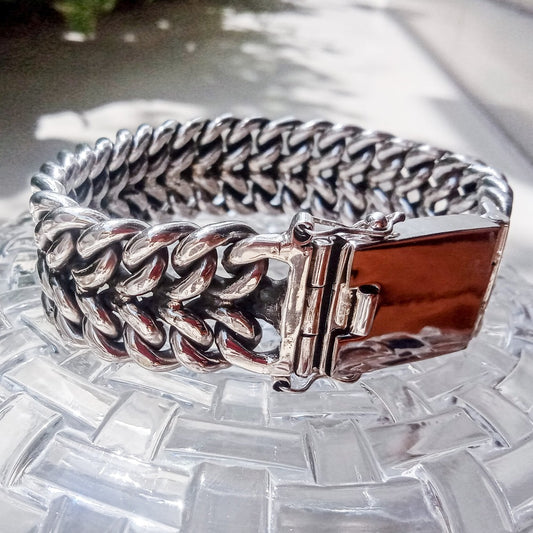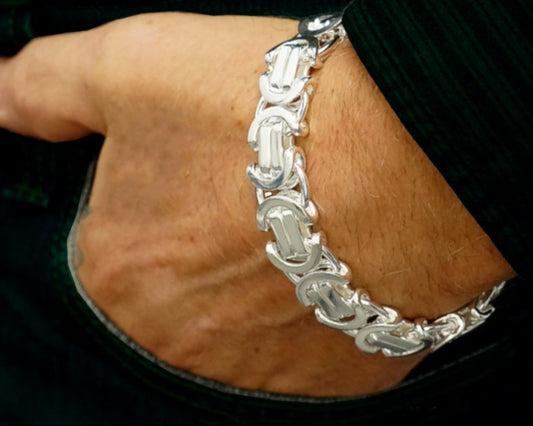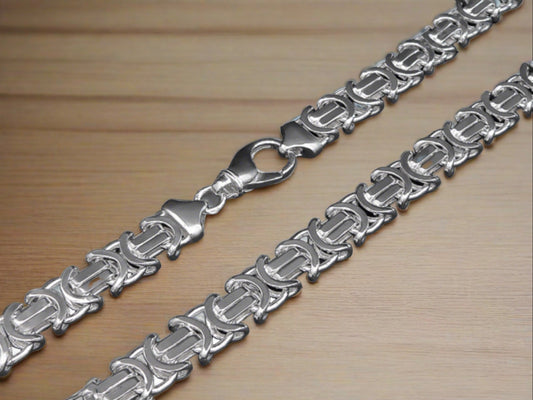So erkennen Sie echten 14-Karat-Goldschmuck: Eine vollständige Anleitung
Gold gilt seit jeher als Symbol für Luxus, Reichtum und zeitlose Schönheit. Doch mit der steigenden Nachfrage nach Goldschmuck steigt auch das Risiko, Fälschungen oder vergoldete Imitationen zu kaufen. Wenn Sie in ein 14-karätiges Goldstück investieren – sei es ein Ring, eine Halskette oder ein Armband – ist es wichtig zu wissen, wie man das Original erkennt. In diesem Beitrag erklären wir Ihnen alles, was Sie wissen müssen, um echtes 14-karätiges Gold sicher zu erkennen.
🔸 Was bedeutet 14-karätiges Gold?
Bevor wir uns in Tests und Tipps vertiefen, wollen wir verstehen, was 14-karätiges Gold wirklich ist.
Reines Gold hat 24 Karat (24K), also einen Goldanteil von 99,9 %. Reines Gold ist jedoch zu weich für den Alltag und wird daher mit anderen Metallen wie Kupfer, Silber, Nickel oder Zink gemischt, um die Haltbarkeit zu erhöhen.
14-karätiges Gold ist:
- 58,3 % reines Gold
- 41,7 % legierte Metalle
Dadurch eignet es sich perfekt für strapazierfähigen und langlebigen Schmuck mit einem satten Goldton.
🔸 Warum es wichtig ist, 14-karätiges Gold zu überprüfen
- Vermeiden Sie es, für Fälschungen oder vergoldete Artikel zu viel zu bezahlen
- Stellen Sie sicher, dass Sie hautverträglichen, nickelfreien Schmuck tragen
- Erhalt des Wiederverkaufswerts
- Wissen Sie, was Sie schenken oder erhalten
✅ So erkennen Sie, ob Schmuck aus echtem 14-karätigem Gold besteht
Hier sind die zuverlässigsten Methoden zur Überprüfung:
1. Suchen Sie nach einem Hallmark-Stempel
Die meisten Schmuckstücke aus echtem Gold sind mit einem Stempel versehen, der die Karatzahl angibt.
Achten Sie auf winzige eingravierte Markierungen wie:
- „14K“
- „585“ (was 58,5 % Gold bedeutet)
- „14KT“
Seien Sie vorsichtig bei:
- „14K GP“ (vergoldet)
- „GEP“ (galvanisch vergoldet)
- „GF“ (Gold gefüllt)
2. Machen Sie den Magnettest
Echtes Gold ist nicht magnetisch . Wenn Ihr Schmuck stark von einem Magneten angezogen wird, kann er andere Metalle enthalten oder vergoldet sein.
So geht's:
- Besorgen Sie sich einen starken Magneten (keinen Kühlschrankmagneten).
- Halten Sie es nah an den Schmuck.
- Wenn es klemmt oder zieht, handelt es sich wahrscheinlich nicht um echtes Gold.
3. Machen Sie den Hauttest (kein Grünstich)
Tragen Sie das Schmuckstück einige Stunden lang. Wenn Ihre Haut grün oder schwarz wird oder juckt, handelt es sich wahrscheinlich nicht um echtes Gold.
Echtes 14-karätiges Gold: Sollte Ihre Haut nicht verfärben und ist im Allgemeinen hypoallergen.
4. Kratztest (mit Vorsicht)
Gold ist weich. Wenn Sie es in unglasierte Keramik ritzen, sollte ein goldgelber Streifen zurückbleiben.
Falsches Gold: Kann schwarze oder graue Streifen hinterlassen. Seien Sie vorsichtig – dies kann Ihren Schmuck beschädigen.
5. Säuretest-Kit (für ernsthafte Käufer)
Schmuckexperten verwenden Säuretestkits zur Überprüfung der Reinheit.
Und so funktioniert es:
- Tragen Sie Säure auf einen kleinen Kratzer im Schmuck auf.
- Wenn es der Säure widersteht, handelt es sich wahrscheinlich um echtes 14K.
- Wenn es verblasst, Blasen wirft oder sich verfärbt, ist es nicht echt.
6. Professionelle Beurteilung
Lassen Sie es im Zweifelsfall von einem professionellen Juwelier testen.
- Elektronische Goldtester
- RFA-Analysatoren
- Dichtetests
🧐 Häufige Mythen über 14-karätiges Gold
-
Mythos: Echtes Gold ist immer leuchtend gelb.
Wahrheit: 14-karätiges Gold kann gedämpfter wirken. -
Mythos: Schwerer bedeutet, es ist echt.
Wahrheit: Falscher Schmuck kann durch die Verwendung anderer Metalle schwerer gemacht werden. -
Mythos: Wenn es gestempelt ist, muss es echt sein.
Wahrheit: Einige Fälschungen haben gefälschte Stempel.
💡 Profi-Tipp: Kennen Sie die Goldarten
| Typ | Goldgehalt | Echtes Gold? |
|---|---|---|
| 24K Gold | 99,9 % | ✅ Ja |
| 18K Gold | 75 % | ✅ Ja |
| 14K Gold | 58,3 % | ✅ Ja |
| 10K Gold | 41,7 % | ✅ Ja |
| Goldgefüllt | ~5% Schicht | ⚠️ Teilweise |
| Vergoldet | <1 % Schicht | ❌ Nein |
| Gold Vermeil | Dünne Beschichtung | ⚠️ Teilweise |
🛡 Abschließende Gedanken: Vertrauen Sie Ihrem Verkäufer
Wenn Sie online einkaufen, achten Sie darauf, dass die Website:
- Bietet Echtheitszertifikate
- Hat klare Rückgaberichtlinien
- Teilt detaillierte Produktbeschreibungen
- Zeigt echte Kundenbewertungen
Bei CubanBracelets.com konzentrieren wir uns beispielsweise auf Schmuck aus 14 Karat und echtem 18 Karat Gold sowie auf vergoldetes 925er Massivsilber und sind völlig transparent, was die verwendeten Materialien angeht – denn Sie haben ein Recht darauf, genau zu wissen, was Sie tragen.
🏁 Fazit
Echtes 14-karätiges Gold zu erkennen, ist nicht schwer, wenn man weiß, worauf man achten muss. Mit ein wenig Sorgfalt und den richtigen Werkzeugen kann man Betrug vermeiden und beim Kauf Vertrauen gewinnen.
Erinnern:
- Auf Markenzeichen prüfen
- Führen Sie grundlegende Tests zu Hause durch
- Im Zweifelsfall zum Profi
Gold ist eine Investition – stellen Sie also sicher, dass Ihres echt ist. ✨


